The term “dry hopping” was invented centuries ago by British brewers to refer to the addition of hops to the fermenter or ageing barrel shortly before sending it to customers. Nowadays, it refers to any addition of hops after cooling the wort.
One advantage is that it can give the finished beer more flavour and aroma. A disadvantage is that the lack of boiling when dry hopping can favour the proliferation of bacteria, as the hops are not sterilized.
Hops low in alpha acids (AA) are typically used, although there are brewers that likewise use high-AA hops in the knowledge that this technique does not add IBUs because the hops are only isomerized during boiling.
These aromas are present in the essential oils, with 80% being aromatic compounds: terpenes and terpenoids. On the other hand, the glucosides in hops are molecules composed of a monosaccharide and a terpenoid joined by a relatively unstable bond that hydrolyses readily in the presence of water and a specific enzyme. There are two possible routes for this: spontaneous reaction to a pH below 4.4 or in the presence of yeast. Terpenoids are derived mainly from hops, with linalool being one of the monoterpene alcohols that has been found in various beers and considered an important factor in beer aromas. The main monoterpenes are: geraniol, β-citronelol, nerol and α-terpineol. Several researchers at Sapporo Breweries published a study on 5-Feb-18 in the “Journal of the American Society of Brewing Chemists” that explains the results obtained in relation to monoterpenes that are biotransformed by yeast. Geraniol, specifically, is transformed into β-citronelol in the first 2-4 days of fermentation. As for monoterpene transformation during fermentation with hops, the technique of dry hopping in the main fermenter, they concluded that:
- Geraniol decreased drastically in the first 3 days.
- β-Citronelol was nearly absent in the wort and increased slightly during the total fermentation period.
- The concentrations of geraniol and β-citronelol in the finished beer increased depending on the initial concentration of geraniol in the wort.
- The continuous increase of β-citronelol did not correspond to the rapid decrease of geraniol but rather could be explained in part by the appearance of a glycosidically bound flavor precursor and subsequent hydrolyzation from the action of the yeast.
- They examined the aromas of the monoterpene alcohols and discovered that there was an additive effect among linalool, geraniol and β-citronelol. Just 5 μg/L of geraniol β-citronelol was sufficient to produce this effect.
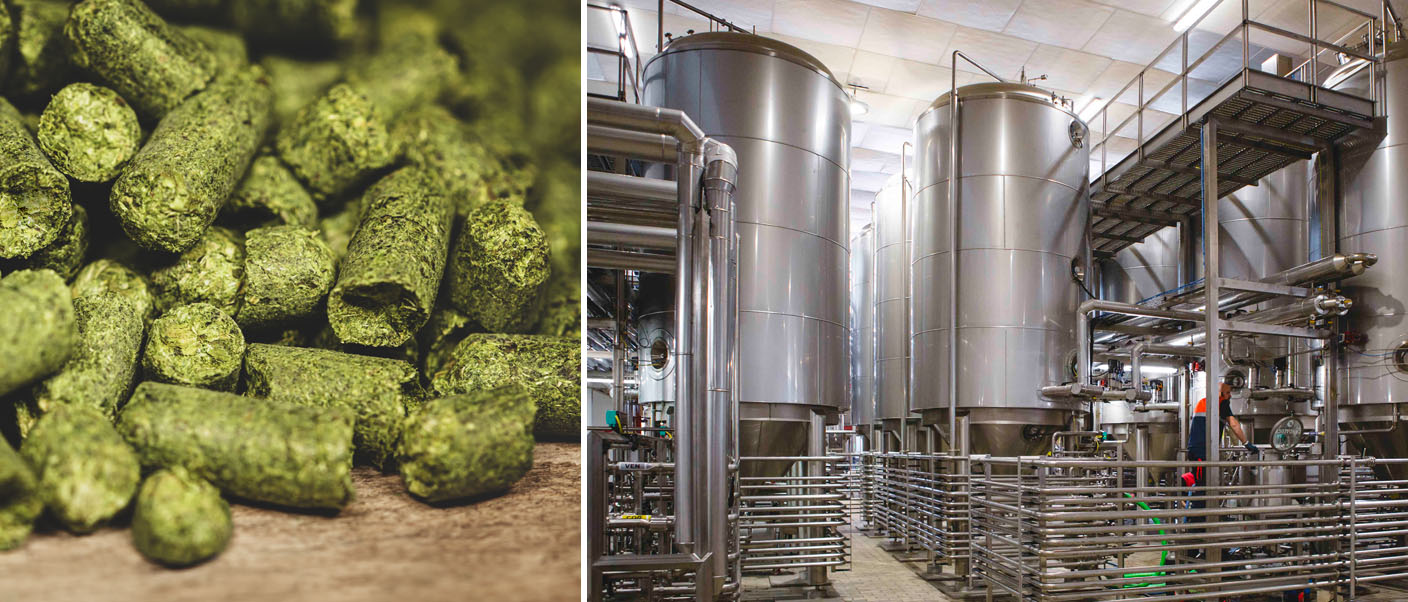
In the conclusion of that study, they suggested that not only linalool but also geraniol and β-citronelol could contribute, although with lower levels, to the aromas by using dry-hopping techniques derived from the action of these terpenoid compounds in contact with the yeast.
We can take this study as a starting point in the knowledge that dry hopping can be done in the presence of yeast in the primary fermenter or in the absence of yeast either in the secondary fermenter or directly in a barrel. The experience of brewers suggests that stripping of the essential oils takes place through two mechanisms: volatilization in conjunction with the CO2 during the vigorous phase of fermentation, or when it adheres to the cell membrane of the yeast, flocculating together, meaning that when the yeast is purged, the essential oils, which add aroma, are also being purged. Therefore, aromas can be affected in fermentation as well as through biotransformation of the monoterpenes, through stripping, where the yeasts can participate or through the presence of oxygen. Nonetheless, there are brewers who disagree, asserting that “with this technique, the aroma profile does not change as is thought, since the aromatic compounds are found in oils that are not volatile enough to be affected. Terpenes are aromatic hydrocarbons and can be highly volatile. Nonetheless, terpenoids are terpenes that have been altered in their molecular structure and are less volatile”.
To conclude this brief analysis of interactions between yeasts and dry hopping, it can be said that when dry hopping is carried out in the primary fermenter, there are four reasons why the aromas can be affected by the presence of yeasts:
- through stripping of the aromas with CO2
- through elimination of aromas together with yeast purging
- through biotransformation of the terpenes to terpenoids through hydrolysis of the glucosides, and
- greater risk of contamination by any bacteria present in the hops which compete with the active yeast.
Nonetheless, most studies consider that the best place for dry hopping is the secondary fermenter, because the aromas will not be as affected by the presence of a high concentration of yeast. The reasons are as follows:
- the beer has mostly already fermented, the presence of alcohol and the low pH help to inhibit the bacteria in the hops, reducing bacterial growth
- the activity of the CO2 has ceased, and therefore aroma stripping with the CO2 should not take place, just as there is no yeast purging, and
- monoterpene biotransformation does not take place without releasing terpenoids.

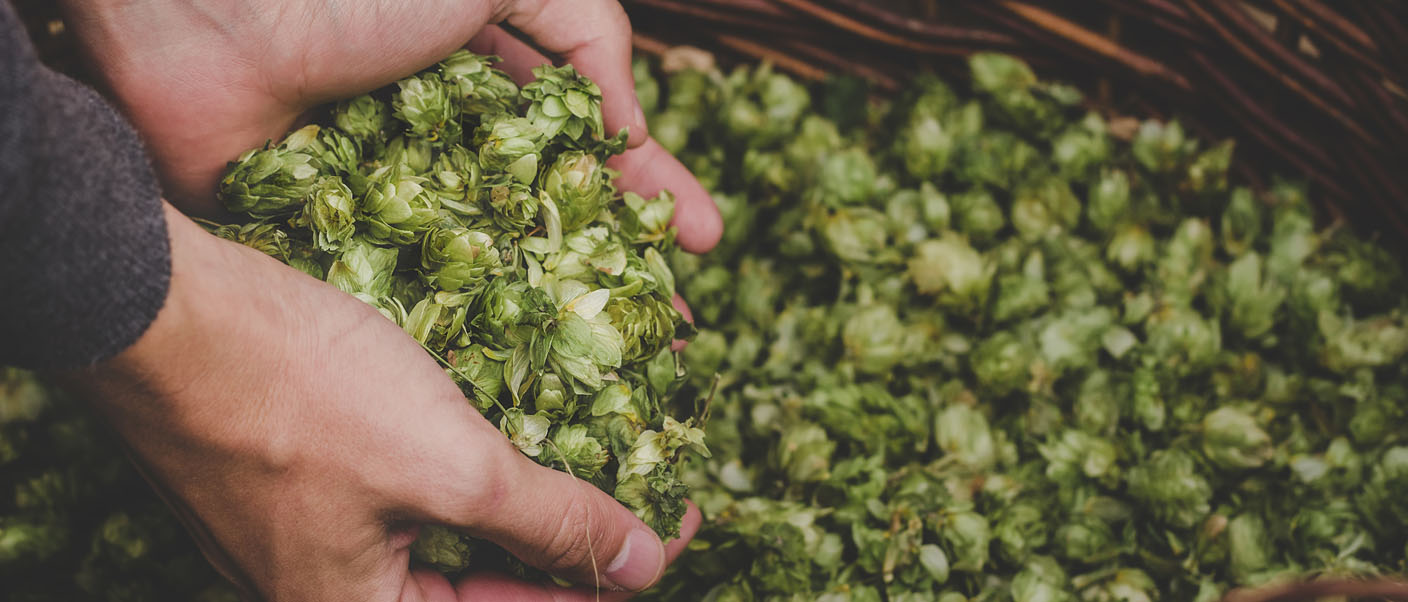




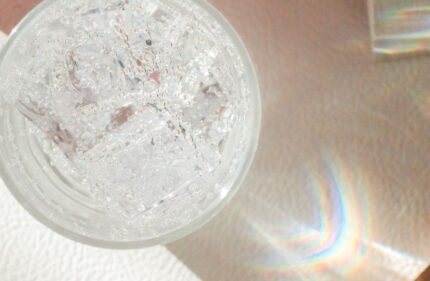
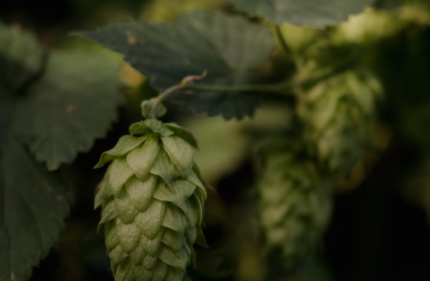
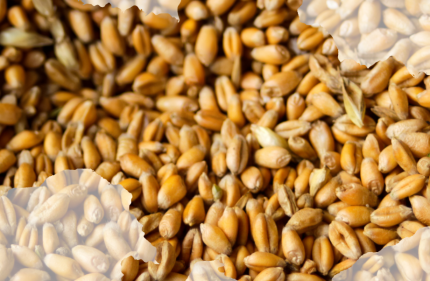
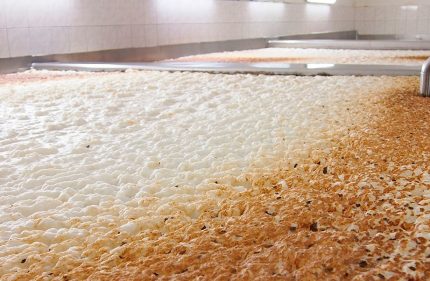
Comments